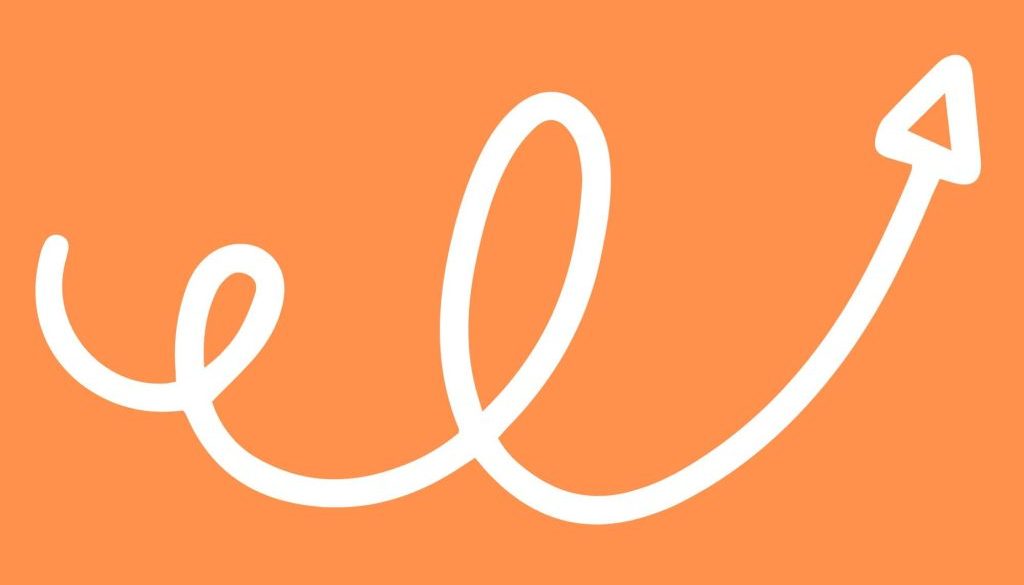Reverse Bidding in 2023: What You Should Know
Reverse bidding is a technology that’s been around for a while, but it’s gained popularity due to the advancement of accessible new technologies that have enabled companies to gain a competitive edge in their respective markets. It’s predicted that by 2023, over $10 Billion will be spent on reverse bidding technologies alone.
How reverse auctions have advanced in the past few years in terms of price transparency, usability and automation is astounding. What was once a complicated, cumbersome process is now easier than ever thanks to advancements in technology and software that make reverse auctions easily accessible to businesses of all sizes. As the use of these technologies continues to grow, it will likely lead to even more businesses leveraging the benefits of reverse auctions to improve their business processes and expand their reach.
However, when considering software with these capabilities, it’s important to remember that every company has different needs when it comes to using reverse bidding technology. Read on to learn more about the state of reverse auctions in 2023, the benefits, and tips on using a reverse auction bidding strategy.
The Current State of Reverse Bidding
The idea of reverse auctions and reverse bidding isn’t new—a corporation called FreeMarkets first introduced reverse bidding in 1995 and gained popularity during the dot.com boom. However, with consulting services packaged along with soon-to-be-obsolete software, the company was consolidated and sold.
Reverse auctions then began to move to an online format, and in more recent years, the majority of reverse auctions are conducted on cloud-based software. Business-to-business (B2B) reverse auctions have gained so much popularity that business-to-consumer (B2C) reverse auctions are now available.
In today’s world of B2B transactions, a reverse bidding model works well for small businesses and SMBs looking to grow their businesses. One of the main benefits of reverse auctions for suppliers is that they level the playing field, allowing for equal competition for contracts alongside their enterprise-level counterparts. This is partly because a buyer’s strategy is focused on much more than price and considers other benefits a supplier may offer.
Reverse Bidding Technology Available in 2023
So what’s changed in recent years? A lot! Small companies are increasingly using technology to bid on auctions and successfully growing their businesses. And with the increasing availability of software and platforms that make it easy for small businesses to utilize reverse bidding, it’s easy to see how even more small to medium-sized businesses will be taking advantage of this new technology in the future.
Many advances have been made to this technology and the way it’s being used is constantly adapting. There are now dedicated apps available that allow companies to leverage the power of reverse bidding on mobile devices. Today’s best apps enable users to bid from any mobile device—such as smartphones and tablets—to access auctions on the go.
There’s also a lot of hype around chatbots and how they can be used to automate the process of bidding on auctions. Chatbots can improve communications with bidders by connecting directly to the seller auction platforms and automatically placing bids based on predetermined parameters.
Another big trend in reverse bidding technology is the growth of private marketplaces. Many companies now use these markets to buy and sell items from other business users rather than relying on traditional auction sites. This helps them gain more control over the sales cycle while also opening up a new customer base.
Choosing a Platform
More technology is available for reverse auction companies than ever before. Instead of a simple cloud-based model, technological advances have led to eSourcing software and eBidding. eSourcing software should have many more features and capabilities than simple reverse auctions. At its basic level, eSourcing software should:
- Be scalable and secure
- Be intuitive and easy to use for buyers and suppliers
- Have features such as complex bid negotiation, custom data input fields, chat (such as a chatbot for real-time answers), and multi-language and multi-currency
 support
support - Be able to integrate with third-party ERPs
The Future of Reverse Bidding
Reverse bidding will continue to allow businesses to scale, benefitting both the vendor and buyer. It offers buyers a larger supplier pool and access to better quality and pricing in a competitive market. And vendors, particularly those in the small to mid-size range, benefit from a leveled playing field, allowing more room for competition against larger corporations.
Overview: What to Keep in Mind
Overall, the benefits of include:
- Increased supplier competition
- Increased transparency for both buyers and suppliers
- Increased compliance on both sides
- Increased efficiency, which benefits the bottom line
- Offers real-time insights and updates on bids
- Has real-time market data, which better guides decision-making
To learn more about intuitive, easy-to-use reverse bidding tools that can help you streamline procurement and boost your ROI, speak to a Simfoni representative today about conducting a demo.


 support
support